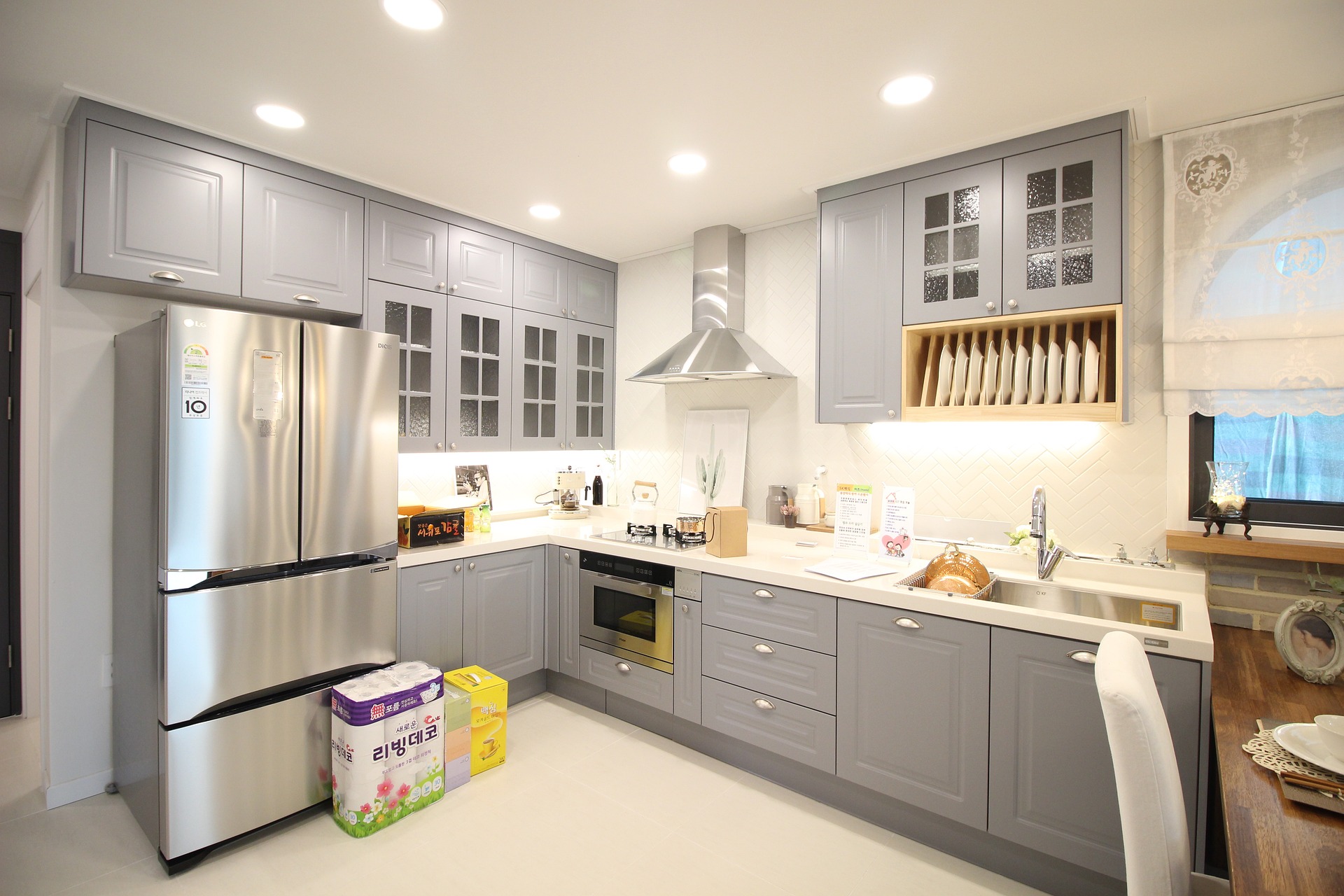Selecting durable cookware: what materials mean for everyday use
Deciding on cookware for daily cooking relies on practical factors beyond looks. Material influences heat response, cleaning needs, compatibility with utensils and appliances, and long-term durability. This brief overview highlights material choices, ergonomics, maintenance, organization, and sustainability to guide everyday meal prep and storage decisions.
Choosing durable cookware for regular use requires matching material properties to how you cook, clean, and store kitchen gear. Material affects heat distribution, reaction with acidic ingredients, weight, and longevity. It also determines which utensils are safe and how cookware interacts with common appliances like induction ranges or convection ovens. Thinking through ergonomics, maintenance routines, and sustainability helps you select cookware that supports frequent meal prep and a range of recipes while minimizing premature replacement and compatibility issues.
What materials suit everyday cookware?
Common cookware materials include aluminum, copper, stainless steel, nonstick coatings, ceramic, and cast iron. Aluminum and copper conduct heat quickly, so they’re often paired with a stainless steel exterior or non-reactive lining to prevent food reactions. Stainless steel offers corrosion resistance and neutrality with acidic foods. Nonstick and ceramic-coated pans simplify cleaning but can wear more quickly. Consider the types of recipes you make and whether you need rapid heat response, even browning, or low-fat cooking when evaluating materials.
How do cast iron and stainless steel compare?
Cast iron excels at heat retention, making it ideal for searing, braising, and oven work. It develops a seasoning layer that can improve over time if maintained properly. Cast iron is heavy and requires specific cleaning and drying to avoid rust. Stainless steel is lighter, resists corrosion, and does not react with acidic ingredients, which is useful for deglazing and sauce-based recipes. High-quality stainless steel with a bonded aluminum or copper core improves heat distribution without the maintenance needs of cast iron.
How do ergonomics and utensils affect use?
Ergonomics influence comfort and safety during regular cooking. Handle design, weight, and balance determine whether a pan feels manageable when full. Heavier materials like cast iron are durable but may be tiring for repetitive tasks; lighter stainless steel or aluminum options can ease everyday use. Utensils also matter: silicone or wooden utensils preserve nonstick and ceramic surfaces, while metal utensils are acceptable for stainless steel but can scratch softer coatings. Match your preferred utensils to cookware materials to reduce wear and maintain performance.
How do cleaning and maintenance differ?
Maintenance routines vary by material. Nonstick coatings require gentle cleaning and avoidance of high heat to prolong life; abrasive scrubbers can degrade the surface. Cast iron needs seasoning, careful washing without soap in some approaches, and thorough drying to prevent rust. Stainless steel tolerates more aggressive cleaning and can handle abrasive pads for stubborn residues, though mineral spots may need specific cleaners. Regular upkeep—proper drying, occasional reseasoning for cast iron, and avoiding dishwasher use when recommended—extends cookware lifespan and keeps utensils and tableware safe to use.
How to organize storage and tableware efficiently?
Storage and organization protect cookware finishes and make meal prep faster. Avoid stacking nonstick or ceramic pans directly; use pan protectors, felt liners, or hang frequently used pieces. Store heavier items separately from delicate tableware to prevent chips and scratches. Drawer inserts, pegboards, and adjustable shelving help maintain easy access to utensils and small appliances while minimizing contact that could damage surfaces. Thoughtful organization reduces accidental wear and speeds up routine cooking tasks.
Sustainability, appliances, and meal prep considerations
Sustainability includes product longevity, recyclability, and production impact. Long-lasting materials like well-cared-for cast iron or high-grade stainless steel reduce waste compared with short-lived coatings. Consider appliance compatibility: some cookware needs a flat, magnetic base for induction ranges, while others are designed primarily for gas or electric stovetops. Match cookware to your typical meal prep routines and recipes—quick sautés, frequent baking, or slow cooking—to choose materials that use energy efficiently and fit your cooking style.
Conclusion Durable cookware selection comes down to aligning material characteristics with everyday habits: the types of recipes you cook, how often you use utensils and appliances, and your willingness to perform maintenance. Prioritize materials that offer the balance of heat performance, ease of cleaning, ergonomic comfort, and sustainability that suit your kitchen routines. With careful choice and consistent care, cookware can provide dependable performance for years without compromising tableware or storage systems.






